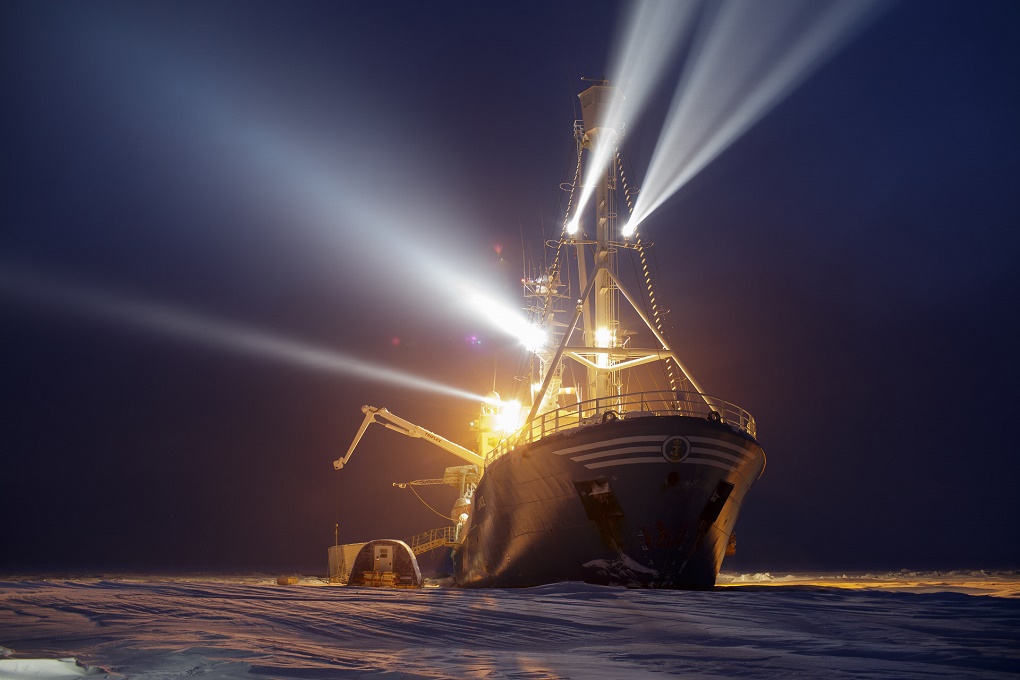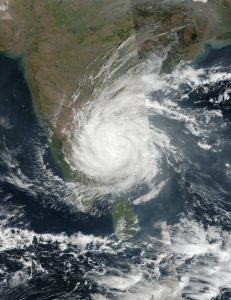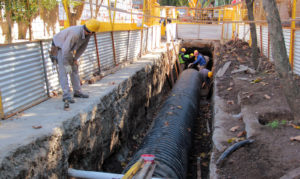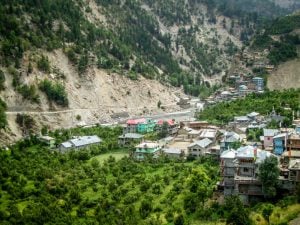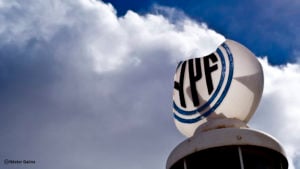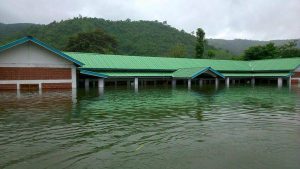The Royal Norwegian Embassy and Jawaharlal Nehru University (JNU) recently co-hosted a seminar and photo exhibition titled, “On Thin Ice: The Arctic Antarctic and the Himalayas”. Nils Ragnar Kamsvåg, the Ambassador of Norway to India, spoke to thethirdpole.net about the conference, the connection between the north pole, south pole and the third pole – the glaciers of the Himalayas – as well as Norway’s experience in dealing with difficult diplomatic issues related to the climate and environment.
Omair Ahmad (OA): The Norwegian government recently held a conference, called “On Thin Ice”, in collaboration with JNU. Can you tell us about it, how it came to be, the purpose and participants?
Nils Ragnar Kamsvåg (NRK): This conference follows on from a previous one, which was purely an experts conference. This one also wished to engage Indian students on these issues, thus we also had a poster exhibition where they featured their creations. We think countries like India – and its students – have a large role in dealing with issues of climate change, which are affecting all of us.
OA: The conference was on the connections between the Arctic, the Antarctic and the Himalayas. What are these connections, what are their real consequences?
NRK: With more research the scientific connection between the polar regions and the Himalayas is becoming clearer. And changes in the temperature in the Himalayas also have a reverse effect on the Arctic. Only a week before the conference we had news reports of dramatically high temperatures in the Arctic whose effects will be felt all the way to the Bay of Bengal.
OA: What has been the Indian response?
NRK: As you know, India has been conducting research in the polar regions for some while, and it is now deeply involved. There are 40 Indian researchers based in the island of Svalbard in Norway. Norway and India have signed memorandums of cooperation for eight research projects, and are doing a joint project in Antarctica. Since 2012 India has been building an INR 7.97 billion (USD 117 million) polar research ship, which should be ready next year.
OA: Why this deep investment?
NRK: India understands that the Arctic is a global barometer of climate change, and the reason that the Indian government has taken such a proactive role is that climate change will have a very negative impact here. The need to understand that impact, to reduce it and mitigate the impact, drives that concern.
OA: Do you have hope of governments coming together to address this challenge? What has been the Norwegian experience?
NRK: What is interesting in the Arctic is how we have been able to cooperate. There are political problems, such as the sanctions against Russia because of Ukraine, but we have generally been able to put these types of conflicts in the background. While news stories have often focussed on the sensational, such as the Russians putting a flag on the floor of the Arctic, in reality all nations have adhered to international law. Under the Law of the Sea the determination of ownership of these areas is very clearly described. This is why we have not seen this type of conflict in other such resource rich areas.
OA: And do you think such cooperation will continue?
NRK: When we formed the Arctic Council in 1996 it was basically a gathering of bureaucrats and experts, but as knowledge of climate change has increased, political participation has increased. President Obama has chaired the Council, when the US began its current two-year chairmanship in 2015. India, China and South Korea have now all become observers to the Council. All of the countries have shown a willingness to abide by, and to negotiate within, the framework of international law. This is especially important given that up to a fifth of oil and gas reserves in the world are estimated to be under the Arctic. [Other areas with such mineral wealth – such as the South China Sea – have seen the flouting of international law, and fears of conflict. – TTP]
See also: Arctic threatened by environmental damage as the ice melts
We have been able to cooperate harmoniously – while the global situation has not necessarily seen cooperation. We can continue to cooperate on areas which concern everybody. In our experience regional cooperation creates more regional cooperation. This is not a tautology. We have seen this play out. The Nordic Council has been in operation for 60 years now, and citizens of the Nordic countries (Denmark, Finland, Iceland, Norway and Sweden) have been able to travel freely across the borders since 1952. Despite problems between Russia and NATO around the Barents sea there has been much cross-border trade, and this has strengthened the spirit of cooperation.
OA: Are there any concrete outcomes of this?
NRK: One of the big issues has been the management of the Russian-Norwegian cod stock. Both Norwegian and Russian authorities are allowed to arrest law breakers, and it shows how we can cooperate. The Russian-Norwegian cod stock is the only sustainable cod stock in the world.
In 2010, after 40 years of negotiations, we were able to agree on our sea border. We all know how difficult such things are to negotiate, especially when it comes to areas that are resource rich. Our long cooperation despite political disagreement, contributed to building trust.
OA: Where do you see the role of the Nordic countries in climate change negotiations?
NRK: All the Nordic countries have tried to stay at the forefront on climate change negotiations, and to contribute. We will continue to do this in the future, and hopefully involve even more countries. Of these the Himalayan countries are very important since the glaciers in the Himalayas are immensely important for the Indus, Ganga and Brahmaputra rivers. There are also political issues, and climate change can lead to changes that will slow down economic development. It is thus very important to keep a watch, so that we can see how the glaciers are melting. The good news is that there seems to be places where the glaciers are not melting as fast, or even growing, but more research needs to be done.
